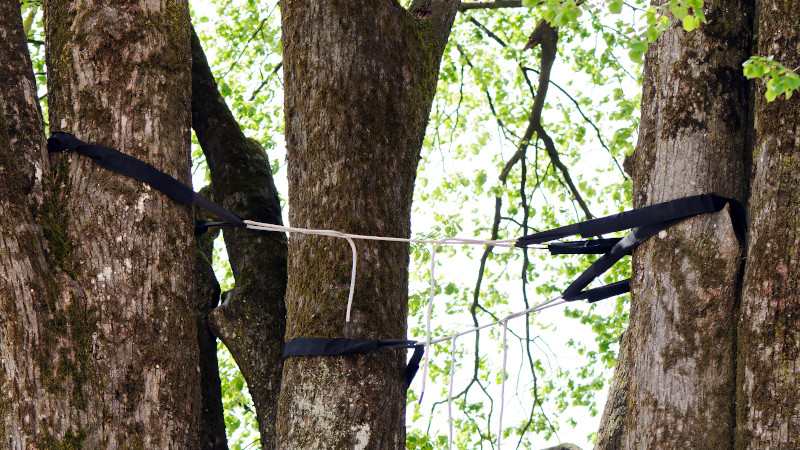If you notice that one of more of your trees is becoming weak in the trunk or branches, you may wonder what can be done. Cabling and bracing is the process of installing cables and brace rods in order to prevent a tree from losing limbs or splitting. These brace rods and cables provide extra support for weaker portions of a tree and help prevent too much movement during wind and storms. Age, insects, type of wood, inadequate tree care and storm damage are all reasons why a tree may experience weakness and need cabling and bracing.

- Cabling. Cabling is typically used in the upper canopy of a tree. Steel rods are installed between major branches and help to reallocate structural stress among the branches. This process still allows some swaying and movement and helps to decrease the risk of damage during severe weather.
- Bracing. Bracing is most commonly used in the lower regions of a tree and involves installation of steel rods above or below damaged areas. This process helps to secure splits or cracks in the tree trunk and at major branch junctions. Bracing is often more rigid than cabling and allows for less movement. In most cases, cabling and bracing are done together.
Cabling and bracing are typically done for three main reasons: to restore structural integrity, prevent damage and alleviate existing damage. If you think your trees could benefit from cabling and bracing, please give us a call at Hudson Tree Services for more information.